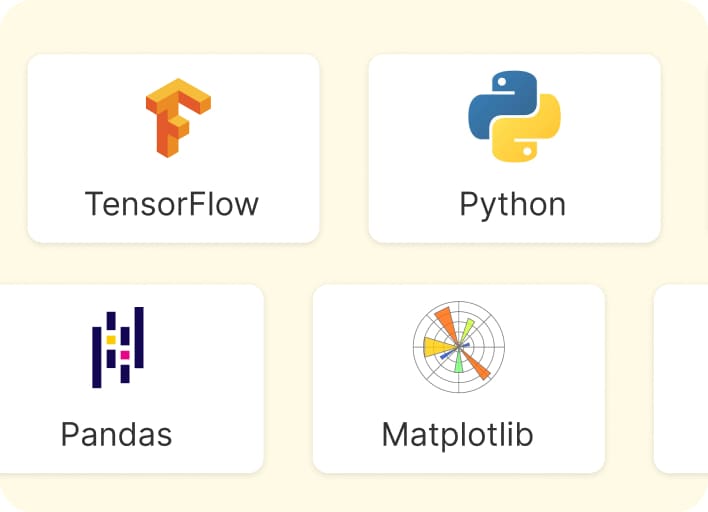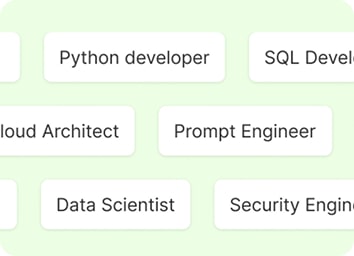Earn a certificate & get recognized
Heap Data Structure
About this course
In this course, you will learn about the Heap data structure. You will start this course by knowing what data structure is, different types of data structure. Moving ahead, you will learn the binary tree concept and its various types along with the array representation. Then, going forward, you will get the idea about Heap, a complete binary tree consisting of max and min-heap. Then we will jump to Heapify. Lastly, you will see the code implementation of heapsort.
Explore our Software Engineering Courses today.
Course outline
Heap
Heaps are represented as arrays but visualized as a complete binary tree. This module helps you understand heap, its advantages, disadvantages, and applications. Lastly, you can understand it better with the help of a demonstration of heap using a code example.
Get access to the complete curriculum once you enroll in the course
What our learners enjoyed the most
Skill & tools
68% of learners found all the desired skills & tools
Frequently Asked Questions
Will I receive a certificate upon completing this free course?
Is this course free?
What is a heap in data structures?
A heap is a tree-originated data structure that specifically follows the properties of a balanced binary tree. Here, the key at the root node is always the greatest or smallest (max-heap or min-heap respectively) among the keys at its child nodes.
Where is heap used in data structure?
Heaps find many useful applications in data structures, popularly in various types of algorithms. For example, a heap is useful in the implementation of the famous Dijkstra's algorithm. Heap sort used for sorting array or list elements can be counted as another common application of heaps.
How is heap implemented in data structure?
Usually, the implementation of heap data structures is done through arrays. A node of a heap is represented by an element of the array. The structure of the heap or parent-child relationship is implemented implicitly via respective indexing. For instance, in the case of a binary heap, the first element of the array always represents the root node. The next four elements represent the left and right children nodes, two in each branch, respectively. These nodes are made accessible through their corresponding indices in the heap array. If a node is found at index i, its child nodes will be at 2i+1 and 2i+2, parent node at (i-1)/2.
Other IT & Software tutorials for you
Heap Data Structure
Why Learn Data Structures?
When dealing with large amounts of data, we need to think of their smart storage. Data Structures allow us to store data in an organized way. As a data structure provides us a way for organized storage of data, it enables us to access, fetch and update data efficiently. It is quite essential to choose the right data structure in accordance with the requirements of your project. Inefficient storage and organization can lead to the havoc of data in any project. In order to know which data structure implements the desired data type and suits your project the best, you must have sound knowledge of data structures.
Data Structure can be broadly classified into two types – Linear and Non-Linear Data Structure. In a scenario where you are required to store simple data sequentially, you would go for the Array of linear data structure type. In another scenario in which there is hierarchical data to be stored, you might want to go for a Tree of non-linear type data structure. Adequate knowledge of data structures helps a programmer to look out for solutions to real-world problems in terms of optimal data storage and access. Further, data structure helps to study the problems at a deeper level and implement the most appropriate solution via algorithms.
What is Heap Data Structure?
A heap data structure is a tree-based data structure that especially fulfills the criteria of a complete binary tree. The representation of a heap is done through a binary tree or an array. A heap data structure can play well when we want to implement a priority queue in the most efficient manner. Further, depending on the key of parent and child nodes, a heap can be classified into two types – Max Heap and Min Heap.
Max Heap: When the key at the root node is more than that at its children nodes, it becomes a max heap. Every single sub-tree of the tree must align with this property.
Min Heap: When the key at the root node is smaller than the keys present at the children nodes, it becomes a min-heap. Every single sub-tree must align with this property.
Even though a heap is not a sorted structure, it can be considered as a partially ordered structure. A heap can be useful in sorting as it uses a root node to store an element with the lowest or highest priority. Such a sorting method is referred to as Heap Sort.
Variants and Operations of Heap
Apart from the broad classification of a heap into max and min heap, there can be numerous kinds of the heap. These variants are as follows:
-
Binary Heap
-
B-Heap
-
2-3 Heap
-
Binomial Heap
-
Fibonacci Heap
-
Brodal Queue
-
Leaf Heap
-
K-D Heap
-
Radix Heap
-
d-Ary Heap
-
Leftist Heap
-
Pairing Heap
-
Meldable Heap
-
Ternary Heap
-
Treap
-
Skew Heap
-
Soft Heap
-
Weak Heap
All these different heaps possess different time complexities for each of the heap operations performed. The common heap operations include find max/find min, insert, delete, extract max/ extract min, delete max/ delete min, replace, create a heap, heapify, size, is empty, meld, merge, increase key/ decrease key, sift up, and sift down. Our choice of the heap is usually based on the compatibility of our implementation needs and the heap’s time complexity.
Applications of Heap Data Structure
Owing to the usefulness of a heap data structure, there are several applications of a heap data structure. From sorting to merging, there is a wide range of heap applications.
Heap Sort: A sorting method that aims at following a heap structure is known as heapsort. It treats the unsorted pack of elements as a heap. Further, it uses the heap to find the largest or lowest valued element in the unsorted pack and insert it into the sorted pack of elements. Heap Sort prevents quadratic worst-case scenarios.
Graph Traversal Algorithms: Heaps are quite useful when it comes to reduced run-time graph traversal. Algorithms like Dijkstra's shortest path algorithm and Prim’s Minimal Spanning Tree algorithm use heap data structures for the internal traversal of graphs.
Selection Algorithms: The time taken in Heap-based selection algorithms to access the minimum or maximum key is constant. Such algorithms allow the selection of other elements (any kth element) in sub-linear time using heaps.
Priority Queue: Heap structures help in the implementation of the abstract data type, priority queue. The way the concept of a list is represented using a linked list, priority queues can be represented via heap or other suitable structures.
K-Way Merge: When we have many-sorted lists of elements or input streams, and we need to merge them into a single sorted list or input stream. For example, there might be a case of a log-structured merge tree in which you have to merge externally sorted and streamed results from distributed data. As such, the sift-down heap operation is essentially helpful.
Programming Languages for the Implementation of Heap
There is a heapq module in Python which enables the implementation of a priority queue using a binary heap. This heap supporting the library in Python has an exclusive help replace function for k-way merging.
In the Java Collections Framework of the Java platform, there is a class, java. util.PriorityQueue supports the implementation of the binary heap. By default, it implements min-heap. Hence for a max heap, the programmer must implement a max heap explicitly if needed by writing a custom comparator. This class does not support some basic heap operations such as sift-down or sift-up, replace and increase or decrease key.
For heaps, we have make_heap, push_heap, and pop_heap algorithms in the C++ Standard Library. C++ uses arbitrary random-access iterators for referencing an array. Thereafter, it executes the array to heap conversion. There is a provision for wrapping these facilities in a container-like class through container adaptor priority_queue. Though, this library does not support the replace, increase/decrease key, and sift-up/ sift-down operations of the heap data structure.
Boost supports a set of C++ libraries, including heaps library. It allows performing decrease/increase key operations, unlike the C++ Standard Library. Other than the binary heap, it also has support for some other types of heaps, such as Fibonacci, pairing, skew, d-ary, and binomial heaps.
The PHP Standard Library supports both max-heap (SplMaxHeap) and min-heap (SplMin Heap) for the implementation of heaps in PHP.
The STL of D language is inclusive of std.container.BinaryHeap. It is used for the implementation of Binary Heaps in terms of ranges in D. It allows creation of instances from any random-access range.
We can create and operate on binary, Fibonacci, and binomial heaps in Perl. The Heap distribution of CPAN (Comprehensive Perl Archive Network) is available to the Perl programmers for the same purpose.
The Go programming language comes with a heap package for heap implementation. This package contains several heap algorithms, except for the increase/ decrease key, sift-up/ sift-down and replace operations to operate on an arbitrary type compatible with a given interface.
The Standard Library of Rust has BinaryHeap in the collections module through which it supports the implementation of a binary max heap.
The Pharo programming language uses its package called Collections-Sequenceable with a set of test cases for the implementation of heaps. It even uses a heap data structure for implementing timer event loops.
About The Course
Start strengthening your base in Data Structures and Algorithms with this absolutely free course on Heap Data Structure. This course has been smartly designed, keeping in mind the significance of the concept of Heaps in data structures. This course not only covers the basics of the heap data structure but also aims at clarifying other related concepts like binary trees and heap sort.
Apart from learning about the heap data structure from a theoretical point of view, you will also learn the code implementation of heaps. Once you complete this course, you will be capable enough to heapify and use heaps for other purposes in your programming.
This course of Great learning contains video content of one hour along with a quiz at the end to test your learning. On successful completion of this course, you get to avail your course certificate from your Great Learning dashboard, which you can further add to your LinkedIn profile as well as your printed resume and CV.

 4.18
4.18








.jpg)












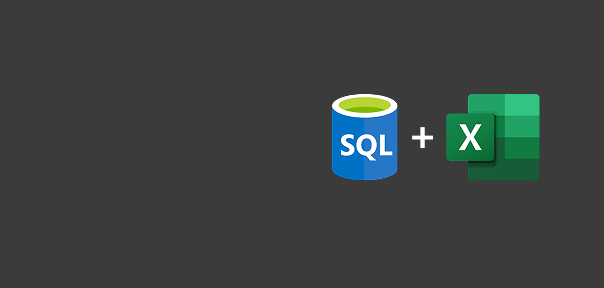


.jpg)
.png)



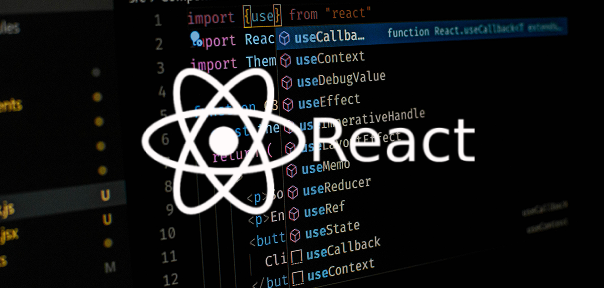
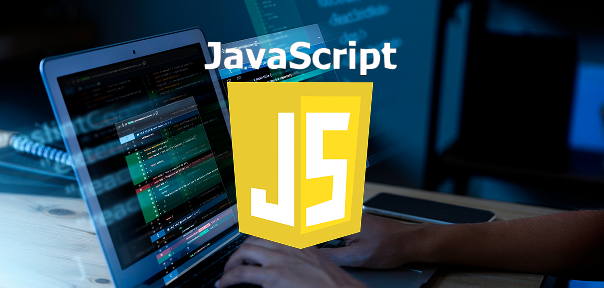

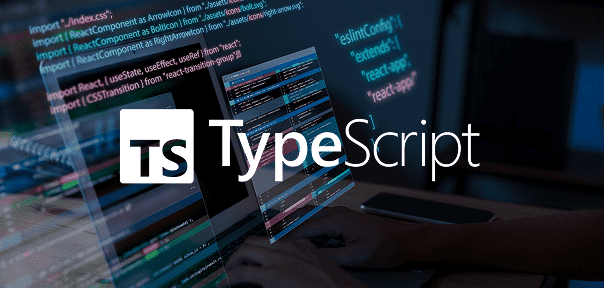


.png)





.jpg)
.jpg)
.jpeg)
.jpg)
.png)


.png)
.jpg)
.jpg)
.png)

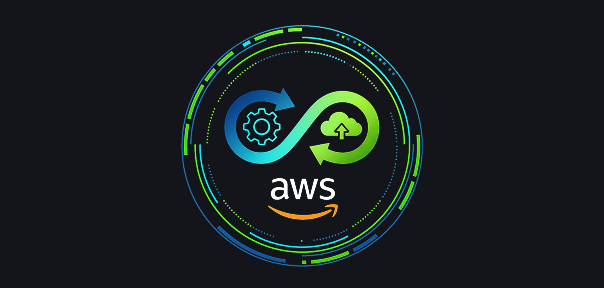


.png)
.png)
.png)
.png)
.png)





 (1).png)
.png)
.png)

.png)
.png)
 (1).jpg)
.png)
.png)
.png)




